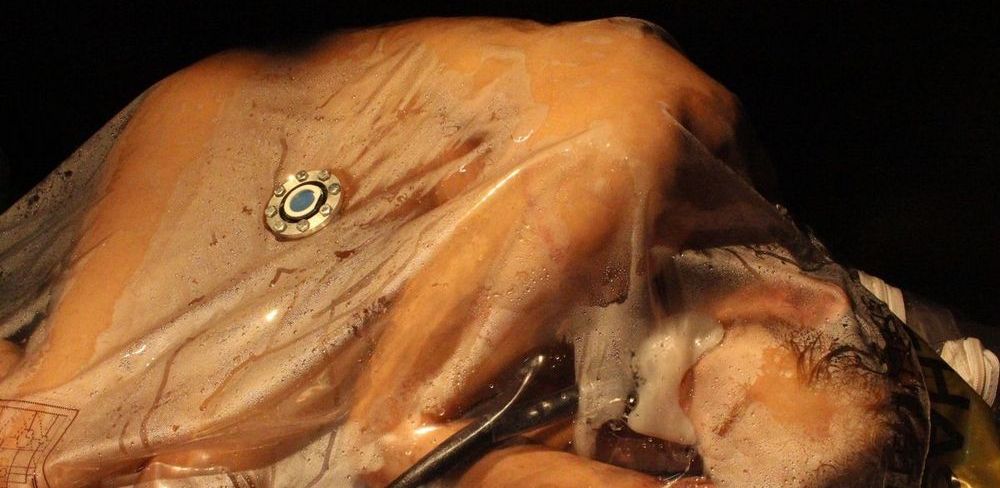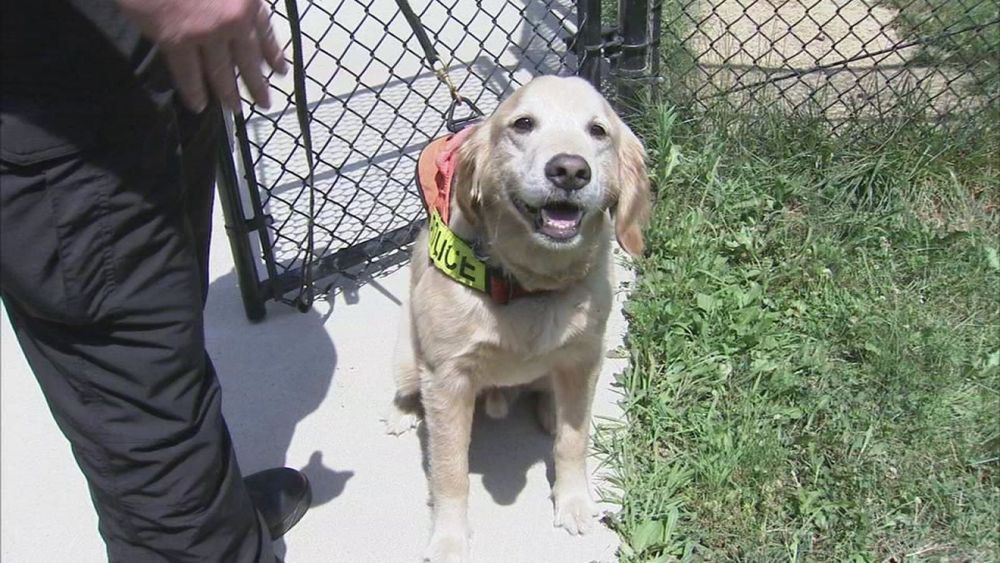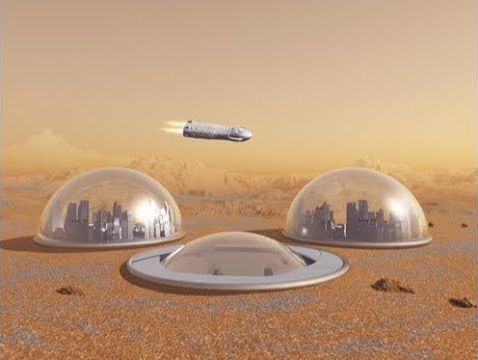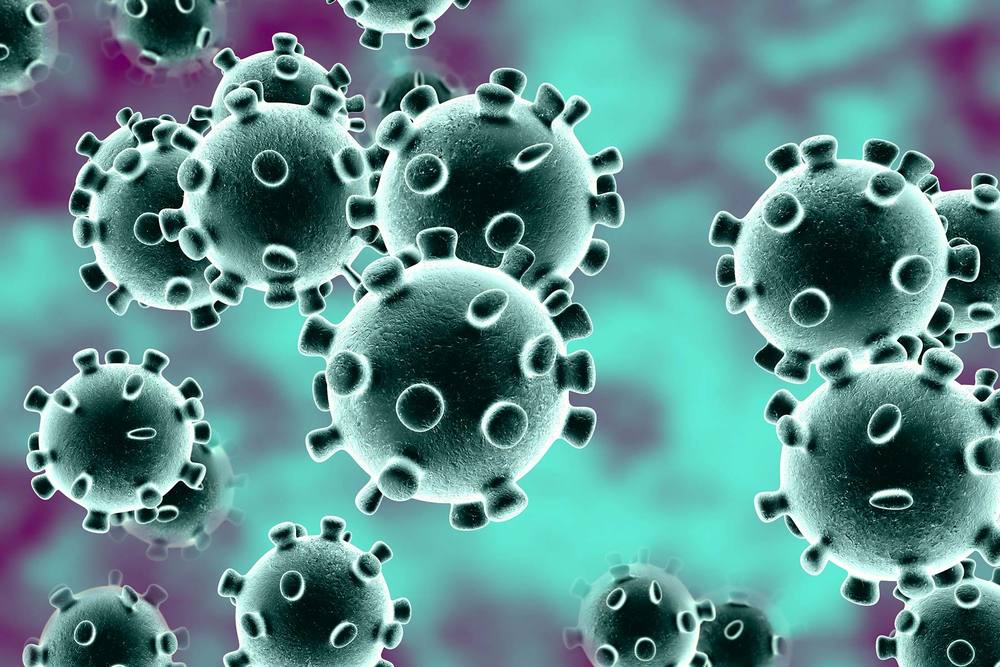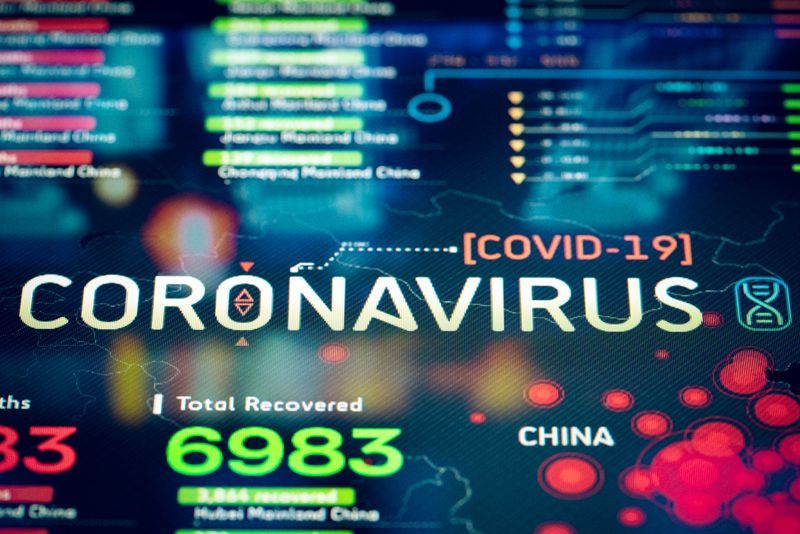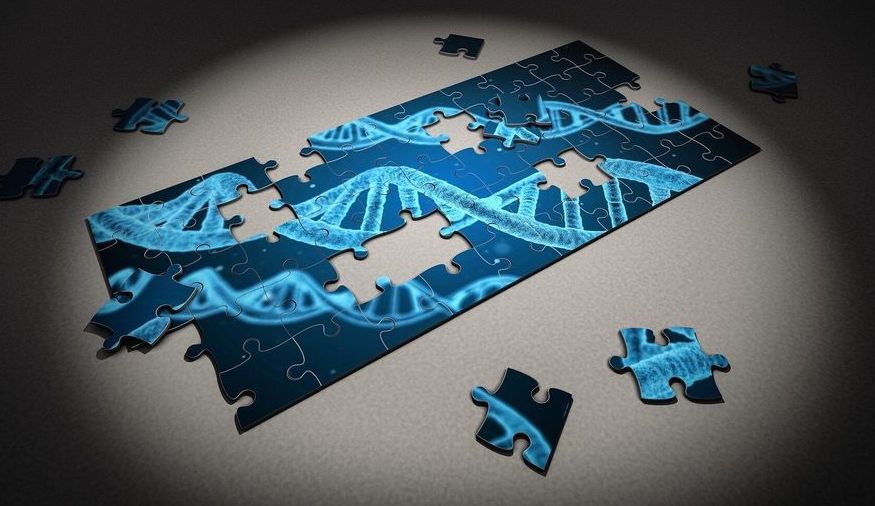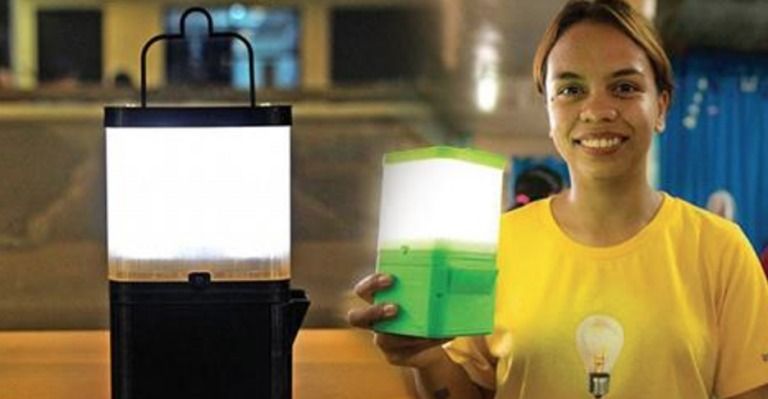Autonomous and semi-autonomous systems need active illumination to navigate at night or underground. Switching on visible headlights or some other emitting system like lidar, however, has a significant drawback: It allows adversaries to detect a vehicle’s presence, in some cases from long distances away.
To eliminate this vulnerability, DARPA announced the Invisible Headlights program. The fundamental research effort seeks to discover and quantify information contained in ambient thermal emissions in a wide variety of environments and to create new passive 3D sensors and algorithms to exploit that information.
“We’re aiming to make completely passive navigation in pitch dark conditions possible,” said Joe Altepeter, program manager in DARPA’s Defense Sciences Office. “In the depths of a cave or in the dark of a moonless, starless night with dense fog, current autonomous systems can’t make sense of the environment without radiating some signal—whether it’s a laser pulse, radar or visible light beam—all of which we want to avoid. If it involves emitting a signal, it’s not invisible for the sake of this program.”

